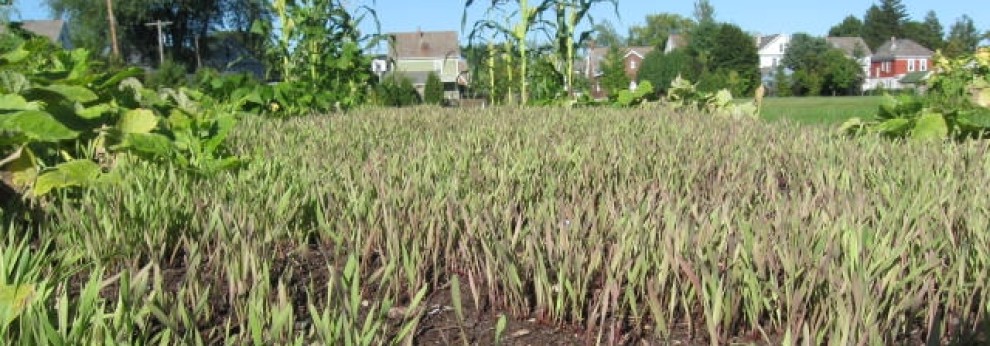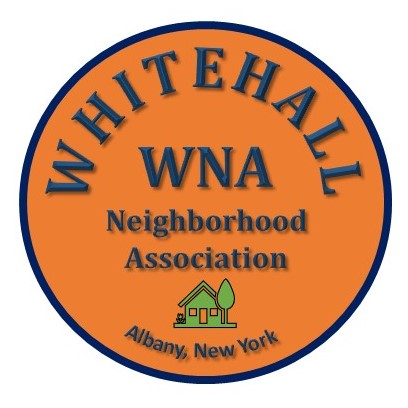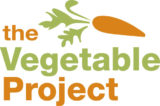 It’s hard to top the reaction we see and hear when kids who have spent little time in the company of earthworms encounter them in our gardens. Shrieks and squeals – some with delight and some with dismay – fill the air, leaving little doubt that we got kids’ attention. So, we are bringing worms inside school buildings now also.
It’s hard to top the reaction we see and hear when kids who have spent little time in the company of earthworms encounter them in our gardens. Shrieks and squeals – some with delight and some with dismay – fill the air, leaving little doubt that we got kids’ attention. So, we are bringing worms inside school buildings now also.
More specifically, we set up worm composting bins in six environmental science classes at Albany High School a couple of weeks ago (and we’ll entertain requests from additional teachers at other schools), to teach about biological and chemical recycling of nutrient and building blocks of organic material, but also to see if we could get some students who are mostly not paying attention to take notice. And the clearest sign of some success was when several students wrestled quite visibility with conflicting visceral reactions – repulsion and something close to compulsion to see the little critters up close and then touch them.
This is just one vivid example of what we mean when we say that the Vegetable Project builds teaching and learning around doing and touching and tasting and experiencing – because doing and touching and tasting and experiencing make far deeper impressions than the more passive alternatives that fill the school day in so many classrooms.
The reaction to worms and insects and occasionally other wildlife is a big part of why we champion getting kids outside. We know that contact with nature contributes mightily to some of the most important supports for academic success and healthy development, such as mental health and wellbeing in its many stripes and sizes.
And we focus on kids in our community with the greatest needs, such as in classes where we know that many students are disengaged – with keen awareness that access to tactile and experiential learning and opportunity to benefit from the power of contact with nature are not distributed equitably.
For these reasons and more, we want our friends and neighbors to know that we have brought some of our thinking about teaching and learning, wellbeing, healthy development and equity to engagements with nearly 500 Albany city school district students just since September. And if we can drum up enough support, we will add to those numbers in the months ahead. And we will deepen relationships with students and teachers who we spent some time with this fall.
The kids with the greatest academic struggles, so often with the greatest life disadvantages and so frequently perceived as behavioral challenges in school, deserve nothing less from all of us.
–Bill Stoneman



